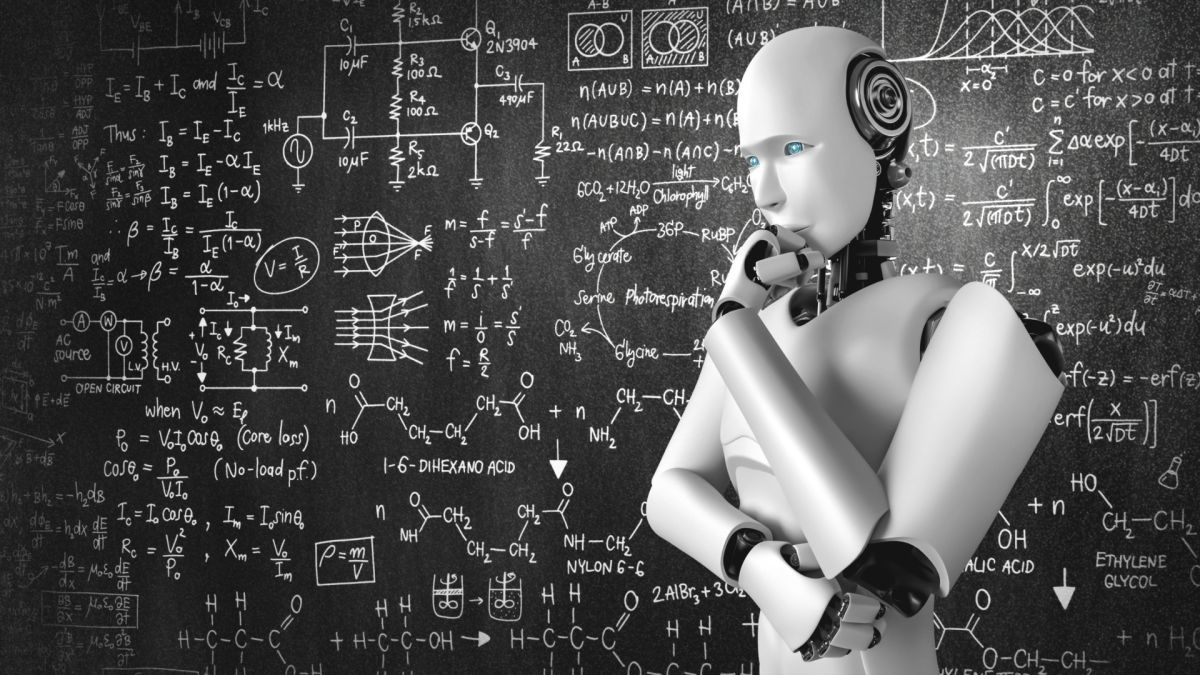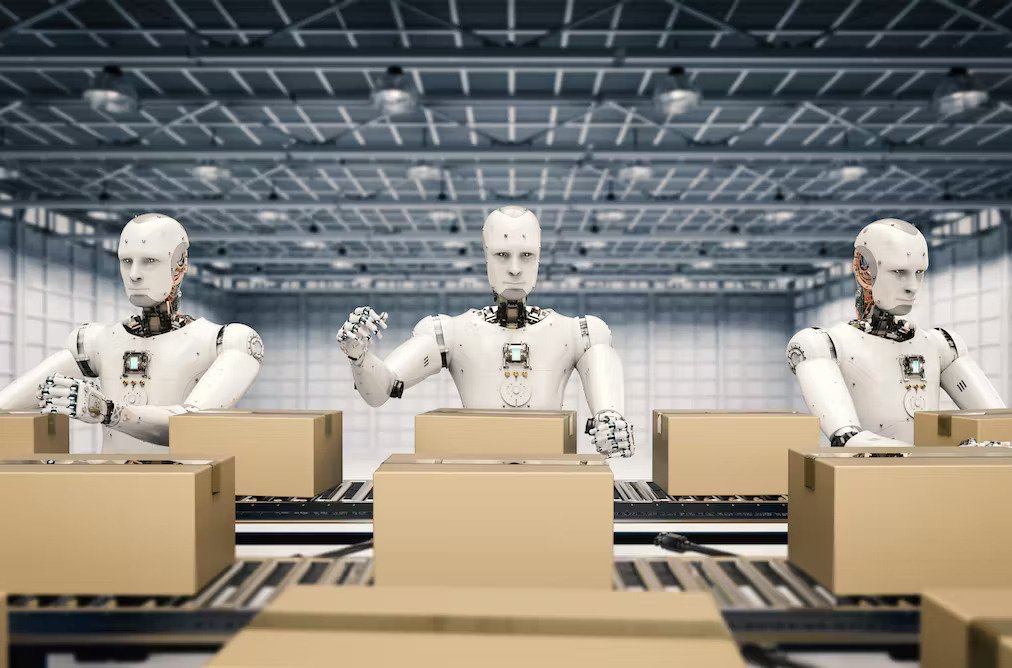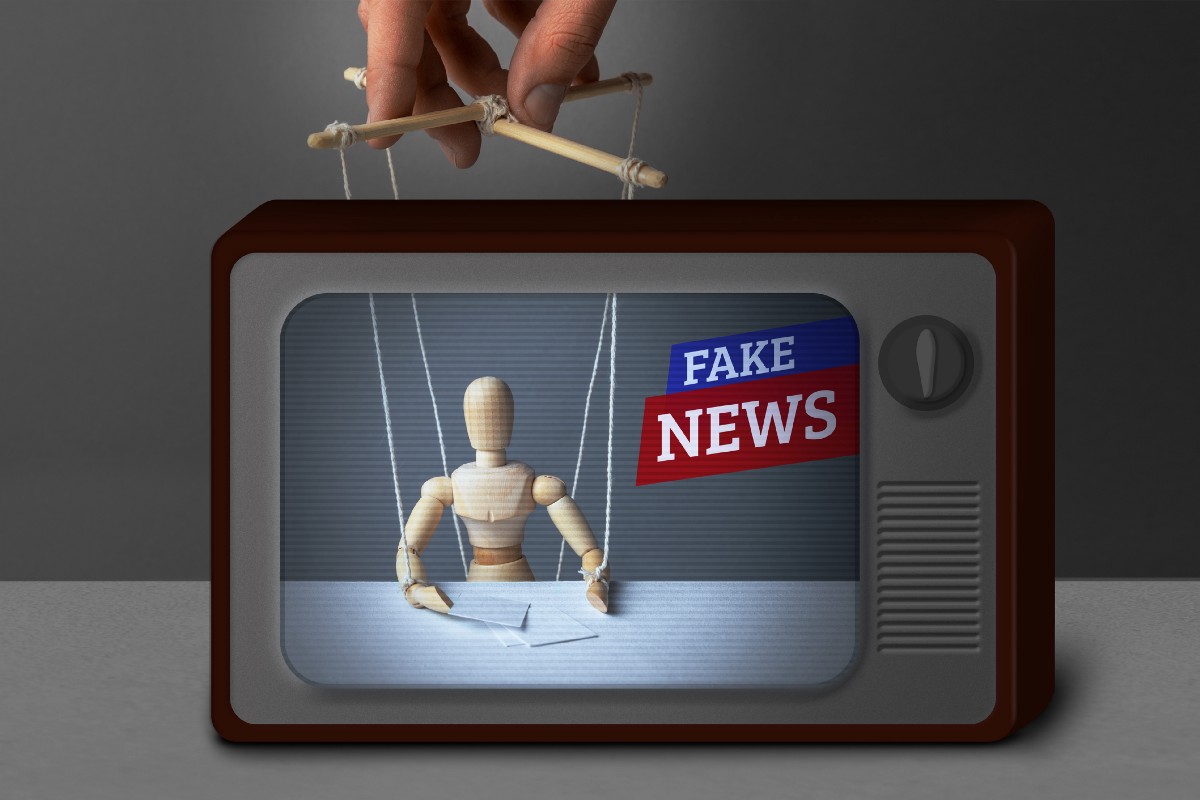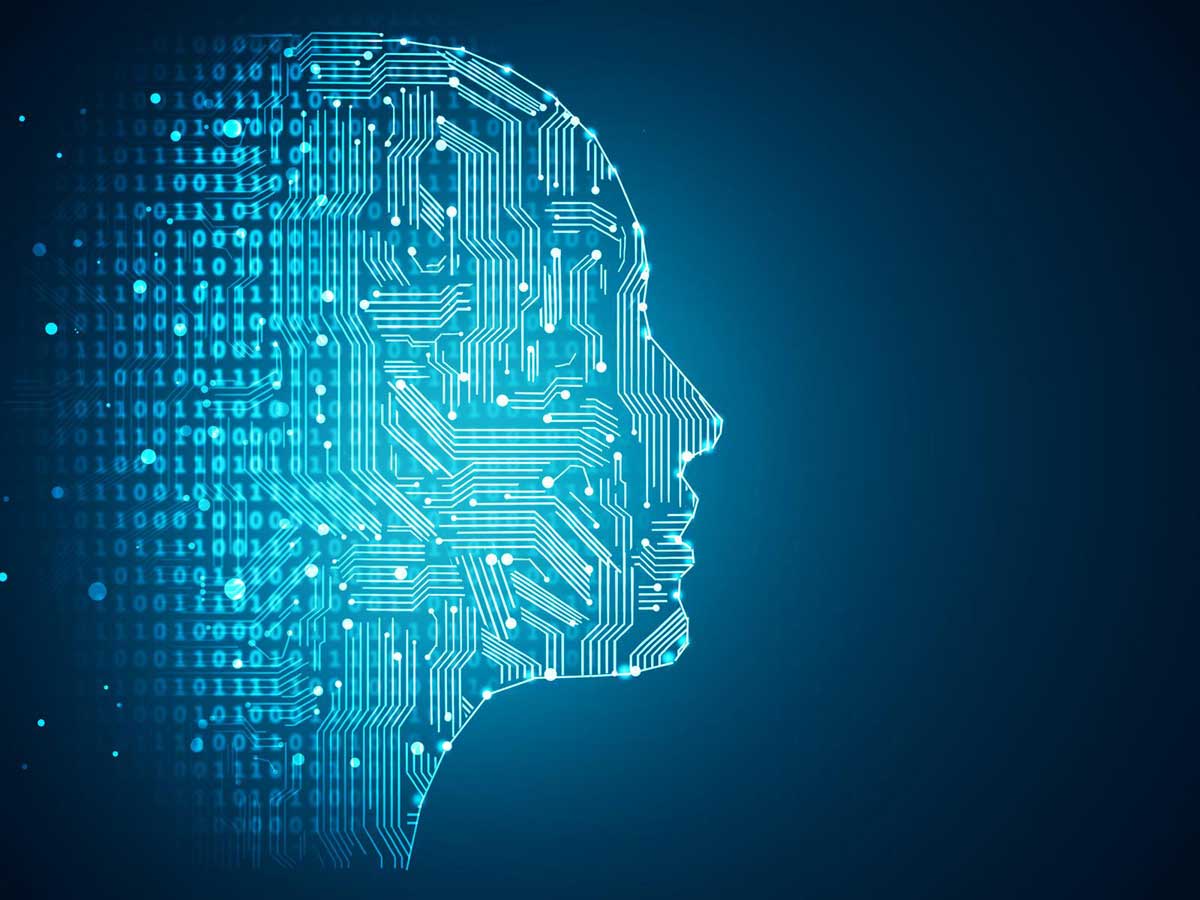Poverty is a persistent issue that affects millions of people worldwide, and finding sustainable solutions to alleviate it remains a significant challenge. With the advent of artificial intelligence (AI) technology, there is growing optimism about its potential to contribute to poverty reduction efforts. AI has the capacity to analyze vast amounts of data and identify patterns that can be used to inform policy decisions, optimize resource allocation, and improve service delivery.
AI-powered technologies like chatbots and virtual assistants have the potential to improve access to information and services for people in poverty, particularly in areas with limited resources. However, the deployment of AI for poverty reduction raises several ethical and practical concerns, including the potential for reinforcing existing biases, exacerbating inequality, and exacerbating job displacement. Therefore, it is essential to consider the implications of AI use for poverty reduction carefully. Nonetheless, with proper safeguards in place, AI has the potential to be a valuable tool in the fight against poverty.
According to the World Bank, nearly 9% of the world’s population lives in extreme poverty, defined as earning less than $1.90 per day. Addressing poverty requires complex solutions that incorporate social, economic, and political factors. However, artificial intelligence (AI) is emerging as a promising tool in poverty reduction efforts. Here are five ways AI can help reduce poverty:
1.) Data Analysis
Expanding on the use of AI for data analysis to reduce poverty, one key advantage of AI is its ability to process vast amounts of data quickly and accurately. This makes it an ideal tool for analyzing economic and poverty-related data, identifying patterns and trends that may not be immediately apparent to human analysts. For example, AI can be used to analyze census data to identify areas with high levels of poverty and unemployment, and to predict which areas are likely to experience food insecurity in the future.
By providing policymakers with more accurate and timely information about poverty and its underlying causes, AI can help them make more informed decisions about how to allocate resources and target poverty reduction efforts. For example, if AI analysis reveals that a particular region is likely to experience a drought in the near future, policymakers can take proactive measures to ensure that food and water supplies are sufficient to meet the needs of the population.
2.) Resource Allocation
In today’s world, where resources are limited and poverty is widespread, optimizing resource allocation has become a crucial task for policymakers. Here, AI-powered systems can provide a solution to this problem by predicting needs and tracking resource utilization, thereby reducing waste and ensuring that resources are allocated where they are most needed.
Take healthcare, for example. AI can be used to predict the number of hospital beds required in a particular region, based on factors such as population density, age distribution, and disease prevalence. By accurately forecasting future demand, policymakers can allocate resources accordingly, ensuring that hospitals have sufficient capacity to treat patients without wasting resources on unnecessary beds or equipment.
3.) Improving Service Delivery
By providing a simple and intuitive interface for accessing information and services, chatbots and virtual assistants can improve service delivery and accessibility for people in poverty. For example, in remote or underserved areas, chatbots can provide information about government programs and services, enabling people to access the support they need without having to travel long distances or navigate complex bureaucratic processes.
Virtual assistants can also help people navigate complex processes, such as applying for healthcare or education benefits. By providing step-by-step guidance and answering questions in real-time, virtual assistants can reduce the barriers that often prevent people from accessing these important services. The use of AI-powered chatbots and virtual assistants has the potential to revolutionize service delivery and accessibility for people in poverty, enabling them to access the support they need to improve their lives and lift themselves out of poverty.
4.) Enhancing Agriculture
AI-powered precision agriculture tools can help farmers improve crop yields, increasing their income and reducing poverty in rural communities. For example, AI can be used to predict weather patterns and inform farmers about the best time to plant crops. It can also help farmers optimize fertilizer and pesticide use, reducing costs and improving yields. By increasing crop yields, AI can help farmers generate more income and improve food security in their communities.
One way AI can be used in agriculture is by predicting weather patterns and informing farmers about the best time to plant crops. With accurate weather predictions, farmers can avoid planting during unfavorable weather conditions, such as heavy rains or droughts, that can damage crops and reduce yields. AI can also be used to optimize irrigation and water usage, ensuring that crops receive the right amount of water at the right time.
AI can also help farmers optimize fertilizer and pesticide use, reducing costs and improving yields. By analyzing soil conditions, weather patterns, and crop growth data, AI can provide recommendations on the optimal amount and timing of fertilizer and pesticide applications. This helps farmers avoid overuse of these inputs, which can harm the environment and reduce crop yields.
By increasing crop yields, AI can help farmers generate more income and improve food security in their communities. This can lead to a reduction in poverty, as farmers are able to sell more produce and earn a better income. In turn, this income can be invested in education, healthcare, and other poverty reduction initiatives.
5.) Job Creation
Another way in which AI can help reduce poverty is by creating new job opportunities. With the increasing adoption of AI and automation in industries, new job roles are emerging in fields like data science and programming. This provides opportunities for people to escape poverty through education and skills training.
AI can automate routine tasks, freeing up workers to focus on more complex and creative work. This can create new job opportunities in areas like data analysis and software development. By investing in education and training programs that prepare people for these emerging job opportunities, AI can help lift people out of poverty and promote economic growth.
Conclusion
While AI holds great promise for poverty reduction efforts, it is not without its challenges. There are concerns about possible biases in AI algorithms, and the potential for AI to reinforce existing inequalities. However, with proper ethical considerations and safeguards in place, AI can be a valuable tool in the fight against poverty.
In conclusion, AI has the potential to play a significant role in reducing poverty by optimizing resource allocation, improving service delivery, enhancing agriculture, and creating new job opportunities. As the world continues to grapple with poverty and inequality, it is essential to explore all available tools, including AI, to create a more equitable future.





Leave A Comment